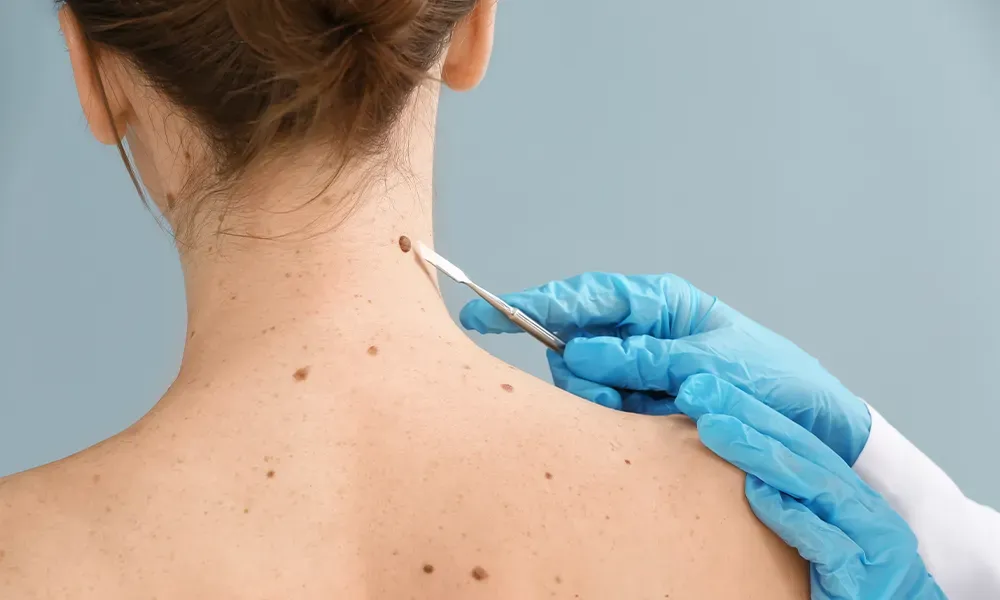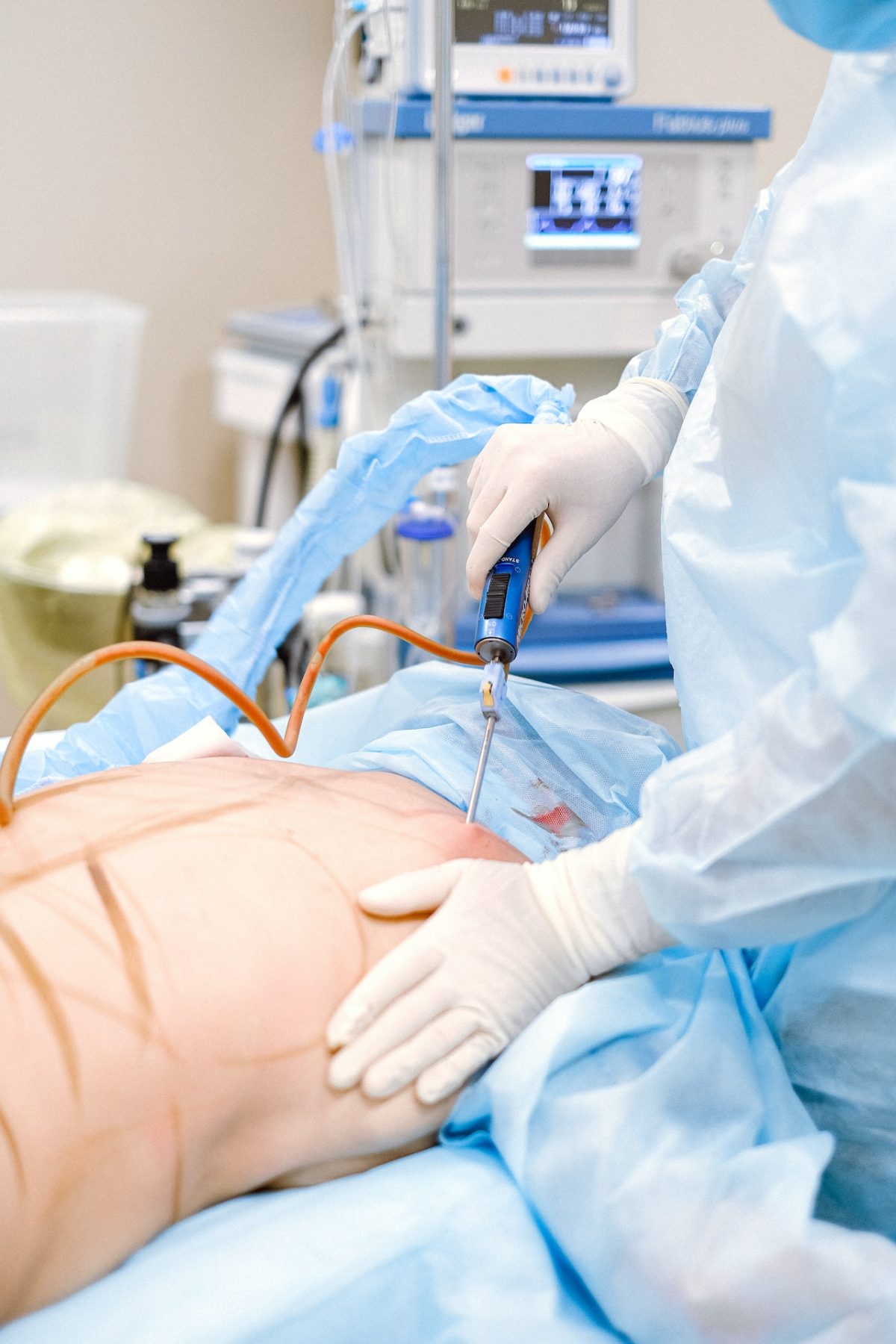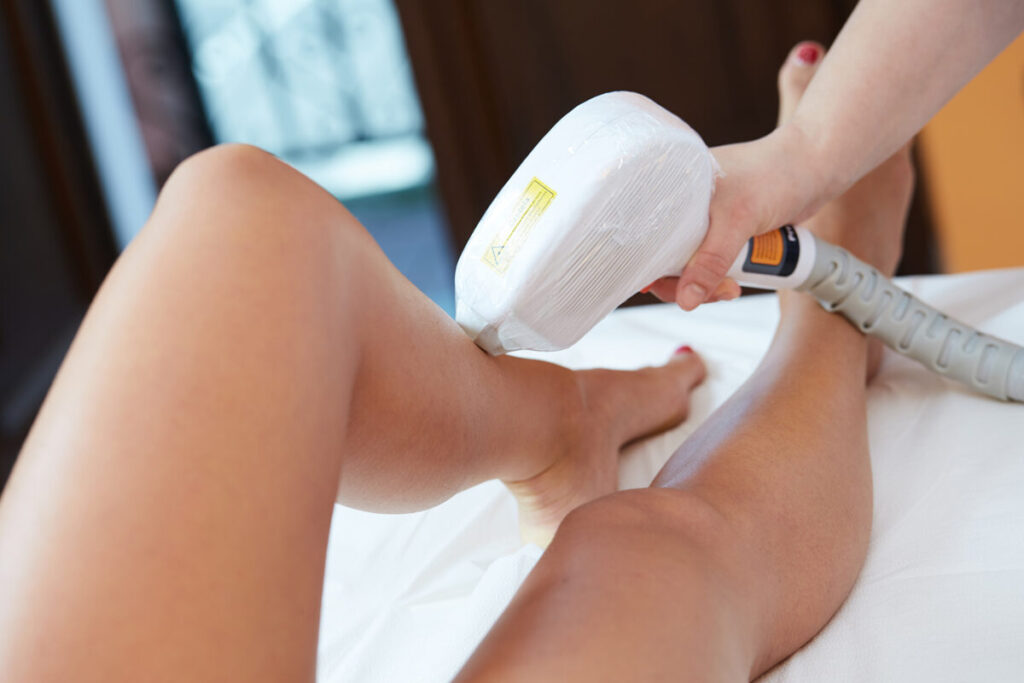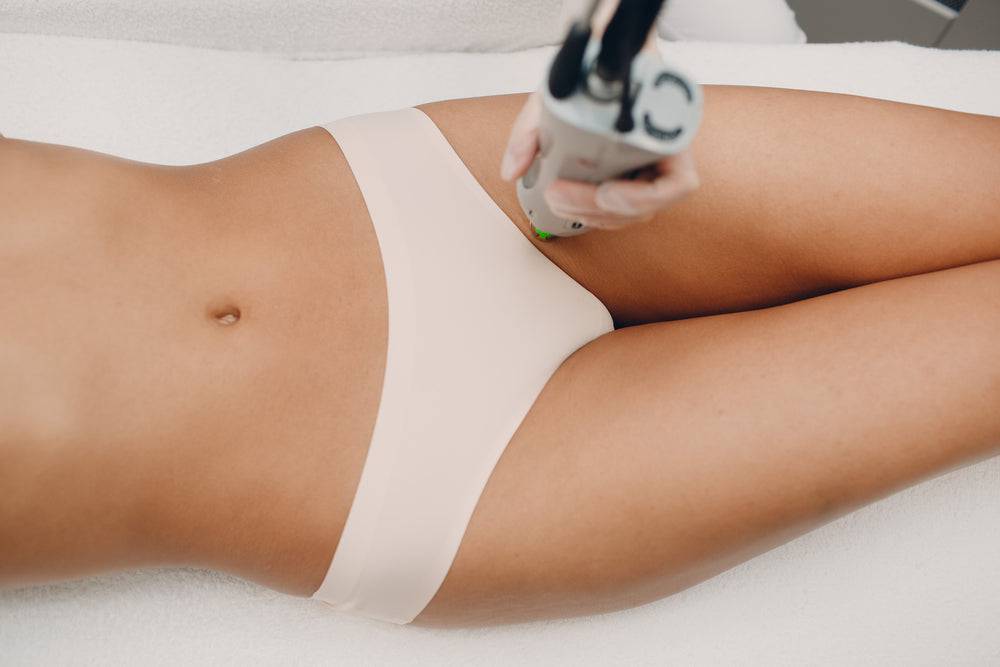Understanding Mole Removal Scars
Definition
Mole removal scars are marks left on the skin after removing benign moles in some cases. These scars form as a natural response to skin injuries like mole removal wounds. The body tries to heal the wound, leading to different scars and the need for scars ointments.
Collagen’s Role
Collagen plays a big role in scar formation. It is a protein that helps repair the skin. After mole removal, collagen fibers build up at the site of the wound, leading to keloid scar and surgical scar formation, which may require scar treatments and scar remodelling. This process helps close the wound but can leave a scar, unlike scarless mole removal or mole removal surgery.
Variability in Appearance
The appearance of mole removal scars varies. Different factors affect how a scar looks. The size and depth of the original mole, keloid scar, and removal scar recovery are important for scar treatment. Larger or deeper moles tend to leave more noticeable scars.
Types of Mole Removal Procedures
There are several mole removal techniques. Each has different impacts on scarring.
-
Surgical Mole Removal: This method involves cutting out the mole with a scalpel. It often requires stitches, which can leave a linear scar.
-
Shave Excision Mole Removal: In this technique, the mole is shaved off close to the skin surface. It may leave a flat scar.
-
Laser Mole Removal: Lasers remove moles by breaking down pigment cells. This method may cause less scarring but is not suitable for all mole types.
-
Radiofrequency Mole Removal: This technique uses radio waves to remove moles. It aims for minimal scarring.
Scarless Techniques
e methods claim to offer scarless mole removal procedures. However, complete scarless mole removal is rare. Even advanced techniques can leave small marks.
Healing Process
The healing process affects scar formation too. Proper care can reduce scarring. Keeping the wound clean and moisturized is crucial. Avoiding sun exposure also helps.
Healing Timeline After Removal
Inflammatory Phase
This phase starts immediately after the mole removal. It lasts for about 3 to 5 days. The body reacts to the removal wound by sending white blood cells. These cells help fight infection and clear debris. During this time, the mole removal scar area may look red and swollen. This is a natural response.
Proliferation Phase
The proliferation phase follows the inflammatory phase. It typically lasts from day 4 to around day 21, mole removal scar. In this stage, new tissue forms to fill the removal wound. Blood vessels grow back, and collagen starts forming. Collagen is a protein that helps strengthen the skin. You might see a scab forming over the mole removal scar during this period.
Maturation Phase
The maturation phase of a mole removal scar can last from several weeks to a year or more. This is when the scar begins to remodel and mature. Collagen fibers rearrange themselves, making the scar stronger but less noticeable. Over time, the scar will become flatter and paler.
Surgical Removal Recovery
For surgical mole removal, recovery varies by individual but generally takes about 1 to 2 weeks for the initial healing. Stitches are usually removed within 7 to 14 days after mole removal scar surgery. During this time, it’s important to keep the mole removal scar clean and dry to prevent infection.
Nonsurgical Removal Recovery
Nonsurgical mole removal methods like laser treatment or cryotherapy have shorter recovery times. The skin usually heals within a week or two. However, these methods may not be suitable for all types of moles.
Long-Term Scar Changes
Even after the initial healing phases, your body continues reshaping the scar for at least a year post-removal. Factors like age, skin type, and care can affect how well a scar heals. Using sunscreen on the scar can help reduce discoloration over time.
Factors Affecting Scar Formation
Method of Removal
The method used to remove a mole influences scar formation. Surgical excision often leaves more noticeable scars. This is due to the cutting and stitching involved. Laser removal, on the other hand, usually results in less visible scars. It works by breaking down the mole tissue with light. Cryotherapy, which freezes the mole off, can also leave minimal scarring.
Skin Type Differences
Individual differences in skin types affect healing and scarring. People with darker skin tones may develop hyperpigmentation. This causes the scar to look darker than the surrounding skin. Fair-skinned individuals might experience redness or lighter scars. Keloid-prone skin can lead to raised, thick scars known as keloids.
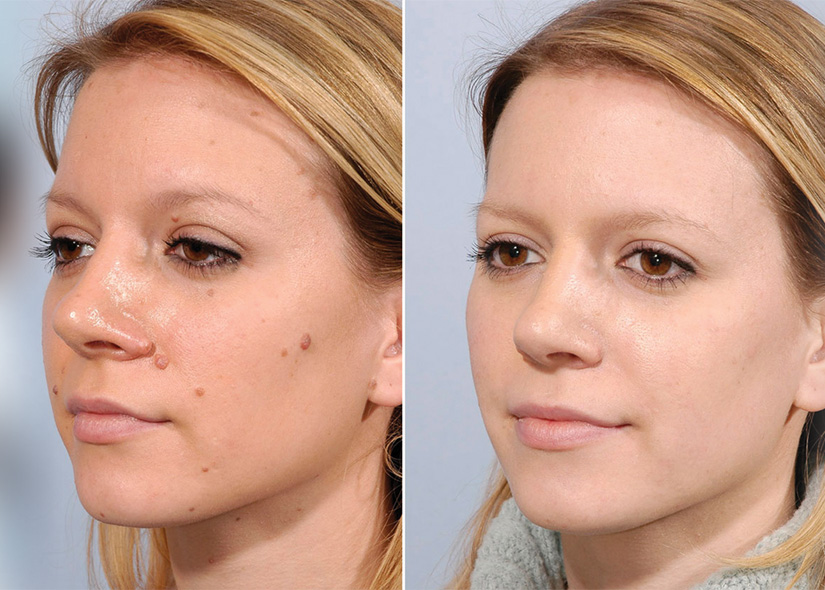
Healing Capabilities
Healing capabilities vary from person to person. Younger individuals tend to heal faster and more efficiently. Older adults may have slower healing processes. Health conditions like diabetes can impair healing. Proper wound care helps reduce abnormal scar formation.
Mole Size and Location
The size of the mole plays a role in scar appearance. Larger moles often result in larger scars. Smaller moles generally leave smaller marks. The location of the mole also matters. Moles on high-movement areas like joints may have worse scarring. Areas with thinner skin, like the face, can show more noticeable scars.
Role of Collagen
Collagen is crucial in the scar formation process. It helps rebuild the skin after mole removal. Too much collagen can cause raised scars, while too little can lead to sunken scars. The balance of collagen affects how smooth or rough a scar looks.
Initial Scar Appearance
Noticeable Scar
After mole removal, a noticeable scar often forms. The initial appearance varies based on the method used. Surgical scars are usually more prominent. The area may look red and swollen. This is normal and part of the healing process.
Color Changes
In the first few days, scars appear red or pink. This color change is due to increased blood flow to the area. Over time, the color fades. It may turn brown or purple before becoming lighter.
Texture Variations
The texture of the scar also changes. Initially, it feels raised or bumpy. As healing progresses, it becomes smoother. Superficial scars tend to flatten faster than deeper ones.
Early Healing Stages
During the early stages, scarring can be unpredictable. Some people experience minimal scarring while others might see keloid scars forming. Keloid scars are thick and raised. They grow beyond the original wound area.
First Few Weeks
Within the first few weeks, expect visible scarring. The body is repairing tissue during this time. Scars might still look red and feel tender. Avoid picking at scabs as this can lead to bad scarring.
Factors Influencing Appearance
Several factors affect scar appearance in these early stages:
-
Skin type
-
Age
-
Genetics
-
Care methods
Proper care can minimize potential scarring.
Proper Care Techniques
To reduce permanent scarring:
-
Keep the area clean.
-
Apply prescribed ointments.
-
Protect from sunlight.
Aftercare for Healing
Keeping Moist
Keeping the wound moist is essential. It helps in faster healing and reduces scar formation. Apply a thin layer of petroleum jelly or an antibiotic ointment. Cover it with a non-stick bandage. Change the bandage daily or when it gets dirty.
Avoiding Alcohol
Avoid using alcohol on the wound. Alcohol can dry out the skin and interfere with healing. Instead, clean the area with mild soap and water. Pat it dry gently with a clean towel.
Gentle Massage
Once the wound has closed, gentle massage can help. It promotes blood flow and improves healing. Use a circular motion with your fingertips. Do this for about 5 minutes, twice a day.
Doctor’s Advice
Always follow your doctor’s advice. They might recommend specific treatments or care routines based on your condition. If you notice any signs of infection, contact your doctor immediately.
Regular Check-ups
Regular check-ups are important. Your doctor will monitor the healing process and provide additional care if needed. They can also suggest treatments to minimize scarring.
Scar Prevention Techniques
Immediate Aftercare
Proper wound care is crucial. Clean the area with mild soap and water. Apply an antibiotic ointment to prevent infection. Keeping the wound moist helps in scar healing. Use a non-stick bandage to cover it.
Moisturization is key. Apply petroleum jelly or a similar product. This reduces scar formation by keeping the skin hydrated.
Silicone Gel Sheets
Silicone gel sheets can be very effective. They should be used as soon as the wound closes. These sheets help flatten and soften scars. They also reduce scar size over time.
Polyurethane coverings are another option. They work similarly to silicone gel sheets. Both methods create a protective barrier over the scar.
Follow Professional Advice
Professional advice is essential for proper care. Different mole removal procedures require different aftercare. Always follow your doctor’s instructions.
Laser treatments and surgical excisions might need specific care routines. Your doctor will guide you on the best scar treatment methods.
Sun Protection
Sun exposure can worsen scars. Always protect the scarred area from the sun. Use sunscreen with at least SPF 30. Wear protective clothing if possible.
Advanced Scar Reduction Treatments
Laser Treatments
Laser treatments are popular for reducing scars. Laser removal uses focused light to break down scar tissue. This helps new, healthy skin to grow. There are different types of lasers. Dermatologists choose the best one based on the scar type.
Laser treatments can be effective. They often require multiple sessions. Each session lasts about 30 minutes. Patients might feel mild discomfort during the procedure. It’s important to follow aftercare instructions to avoid complications.
Surgical Excision
Surgical excision is another option for scar reduction. This involves removing the scar tissue with a scalpel. The area is then stitched up carefully. This method is often used for larger or deeper scars.
Dermatologists perform surgical excision in a controlled environment. Local anesthesia is used to numb the area. Recovery time varies but usually takes a few weeks. Proper wound care is crucial to prevent new scars from forming.
Silicone Gel Sheets
Silicone gel sheets are non-invasive and easy to use. They work by hydrating the scar tissue. This reduces redness and flattens raised scars over time.
Patients should wear silicone gel sheets daily for best results. They can be worn under clothing and are comfortable. Results can be seen in a few months with consistent use.
Pressure Treatment
Pressure treatment helps manage scar development. It involves wearing tight garments or bandages over the scarred area. This reduces blood flow and limits scar tissue growth.
Pressure garments are often used for burn scars. They need to be worn for several hours each day. Consistency is key for effective results.
Injections
Injections can also reduce scar appearance. Steroid injections are commonly used for this purpose. They help flatten raised scars and reduce inflammation.
Dermatologists administer these injections directly into the scar tissue. Multiple sessions may be needed for optimal results. Patients might experience temporary redness or swelling after the injection.
Home Remedies for Scar Care
Natural Oils
Natural oils can help keep the scar area moisturized. Coconut oil is a popular choice. It contains fatty acids that help hydrate the skin. Olive oil is another option. It penetrates deeply into the skin, providing moisture.
Aloe Vera
Aloe vera is known for its soothing properties. Applying aloe vera gel on scars can reduce inflammation. It also helps in keeping the skin hydrated. Aloe vera can be applied directly from the plant or as a store-bought gel.
Vitamin E
Vitamin E is often used for scar care. Some believe it helps in reducing scars’ appearance. It can be applied as an oil or found in creams. Vitamin E’s effectiveness varies from person to person.
Patch Testing
Patch testing is crucial when trying home remedies. Apply a small amount of the product on your inner arm first. Wait 24 hours to see if any reaction occurs. This step ensures you avoid adverse reactions on your scar.
Time
Time plays a significant role in scar recovery. Scars naturally fade over time. Patience and consistent care are key. Regular application of natural remedies may speed up this process.
Scar Ointments
Scar ointments are available over-the-counter. They contain ingredients like silicone, which can improve scar texture. These ointments should be applied as directed for best results.
When to Seek Professional Help
Persistent Scars
e scars do not improve with home care. If a mole removal scar remains visible after several months, it may need professional evaluation. Doctors can assess the scar and recommend appropriate treatments. Persistent scars might indicate deeper skin issues that require specialized care.
Worsening Appearance
Scars should gradually fade over time. If a scar appears to be getting worse, it is essential to consult a dermatologist. People might notice increased redness, swelling, or pain. These symptoms suggest an infection or other complications that need medical attention.
Unusual Scar Formation
Certain scars form abnormally. Keloids and hypertrophic scars are examples of unusual scar formations. These types of scars can be raised, thick, and larger than the original mole. Professionals can identify these conditions and provide treatment options like steroid injections or laser therapy.
Advanced Treatment Options
Home remedies might not always be effective. If the appearance of a scar does not improve with ointments and other home treatments, seeking advice from a doctor is crucial. Dermatologists offer advanced treatments such as:
-
Laser therapy
-
Chemical peels
-
Microneedling
-
Surgical revision
These procedures can significantly reduce the visibility of scars.
Emotional Impact
Scars can affect self-esteem. If the appearance of a mole removal scar causes emotional distress, professional help is advisable. A dermatologist can discuss cosmetic procedures to improve the scar’s appearance.
Yearly Check-Ups
Regular check-ups are important for overall skin health. An annual visit to a dermatologist ensures that all moles and scars are monitored. Early detection of any abnormalities can prevent serious health issues.
Summary
Understanding mole removal scars is key to managing your skin’s recovery. By knowing the healing timeline, factors affecting scar formation, and initial appearance, you can better prepare for the process. Effective aftercare and prevention techniques are essential to minimize scarring.
For those seeking advanced treatments or home remedies, there are numerous options available. Always consider professional help if scars persist or worsen. Take charge of your skin health today and explore these insights further to achieve the best results. Don’t wait—start your journey to smoother skin now!
Frequently Asked Questions
What causes mole removal scars?
Mole removal scars are caused by the body’s natural healing process. When skin is cut or damaged, it forms new tissue to heal, which can result in a scar.
How long does it take for a mole removal scar to heal?
Healing time varies but generally takes 2-4 weeks for initial healing. Complete scar maturation can take several months.
Can I prevent scarring after mole removal?
Yes, proper aftercare like keeping the area clean, moisturized, and protected from the sun can help minimize scarring.
What are effective aftercare tips for mole removal?
Keep the area clean, use prescribed ointments, avoid picking at the scab, and protect it from sunlight.
Are there treatments for reducing mole removal scars?
Yes, treatments include silicone gel sheets, steroid injections, laser therapy, and microneedling.
When should I seek professional help for my scar?
Seek professional help if you notice excessive redness, swelling, pain, or if the scar worsens over time.
Do home remedies work for scar care?
e home remedies like aloe vera and honey may help improve scar appearance but consult with a dermatologist for best results.



